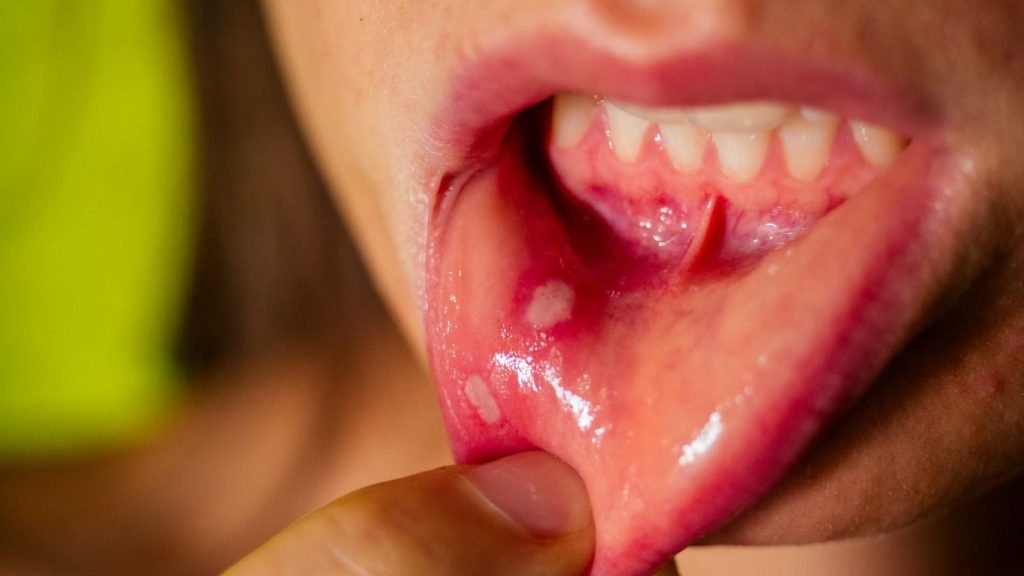Schedule an appointment today for a healthier, brighter smile. We're here to make your oral health our top priority.
General Dentistry
- Home
- Our Services
- General Dentistry
What is General Dentistry?
At Tanishas Dental Wellness, our primary commitment is to ensure the health and well-being of your oral cavity. We prioritize General Dentistry, an integral aspect of maintaining a vibrant smile. With a focus on preventive care and comprehensive dental solutions, we aim to provide you with the necessary tools for achieving optimal oral health.
Oral health plays a crucial role in maintaining overall well-being. The field of general dentistry strives to ensure optimal oral conditions. By providing regular checkups, thorough cleanings, and guidance on proper oral hygiene practices, we contribute to your overall healthy lifestyle. Our comprehensive range of services caters to common dental concerns, ranging from cavities to gum disease.
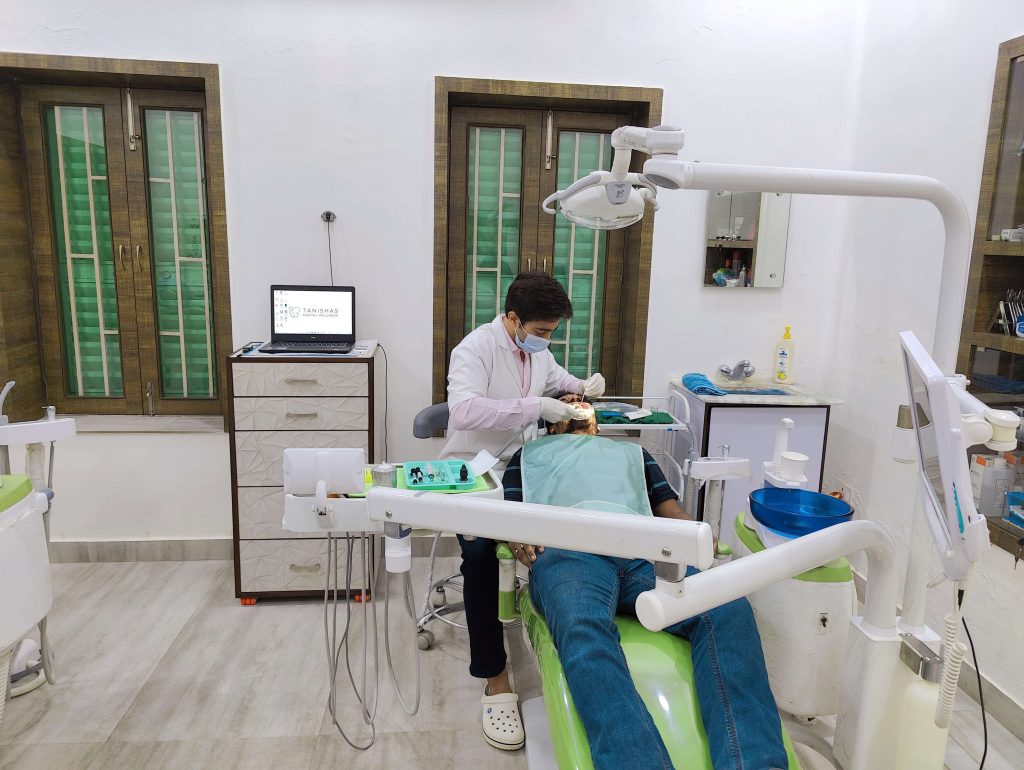
Why choose Tanishas Dental for general dentistry?
- At Tanishas Dental Wellness, our team comprises highly qualified specialists who possess extensive experience in dentistry. These experts are committed to providing exceptional care and ensuring optimal oral health.
- Tanishas Dental Wellness boasts advanced technology and innovative techniques that enable the provision of accurate diagnoses and treatments.
Treatment Options
1. Routine Check-Ups and Cleanings
In General Dentistry, regular check-ups and cleanings are essential for optimal oral health. These visits prevent dental issues from worsening, allowing early identification and intervention
What to Expect During a Check-Up
During the examination, the dentist will carefully assess your teeth, gums, and overall oral health. They may employ specialized instruments to identify any indications of cavities, gum disease, or other dental conditions.
X-rays, if necessary, offer a comprehensive assessment of both your teeth and jawbone. They assist the dentist in identifying any underlying issues that may not be visible during a mere visual examination.
The dentist performs a cleaning and scaling procedure to ensure optimal oral hygiene. During this process, they carefully eliminate plaque and tartar build-up, paying special attention to hard-to-reach areas. Additionally, your teeth are polished meticulously to achieve a smooth and clean surface.
The dentist may conduct a thorough examination of your mouth, throat, and neck to check for any signs of oral cancer.

Benefits: Regular Cleanings Support Oral Health
Regular dental check-ups and cleanings offer a range of benefits, including:
- Prevention of Dental Issues: Early detection of problems allows for timely intervention, preventing more extensive and costly treatments in the future.
- Maintaining Healthy Gums: Professional cleanings help to prevent gum disease and maintain healthy gum tissue.
- Fresh Breath: Cleanings remove plaque and bacteria, leading to fresher breath and a more confident smile.
2. Tooth Fillings and Restorations
Tooth Fillings and Restorations are required if you have crooked, damaged, or unhealthy teeth. Tooth Fillings and Restoration are dental procedures aimed at restoring the function and integrity of damaged teeth structure.
Cavities can be painful and while waiting too long to get the cavities filled, you may eventually require a root canal or a dental crown. Tooth Filling is a way to restore decayed teeth back to normal function.
Types of filling materials used
No one type is supposed to be for every patient. There are several types of materials used for dental fillings, each with its unique benefits.
Amalgam(Silver) Fillings
Amalgam fillings offer a durable and cost-effective solution. These fillings are composed of a combination of metals, including silver, tin, copper, and mercury. Renowned for their longevity and strength, they prove to be an excellent choice specifically for posterior teeth that bear greater chewing forces.
Composite Resin (White Fillings)
These fillings consist of a mixture of plastic and fine glass particles, resulting in a natural appearance that seamlessly blends with your teeth. Notably versatile, composite fillings can be applied to both front and back teeth.
Ceramic (Porcelain) Fillings
These porcelain fillings offer a perfect combination of durability and aesthetics. Their exceptional stain resistance makes them an excellent choice for enhancing the appearance of visible front teeth.
Glass Ionomer Fillings
These fillings release fluoride, aiding in preventing further decay. They are commonly used for children’s teeth or in areas where aesthetics are not a primary concern.
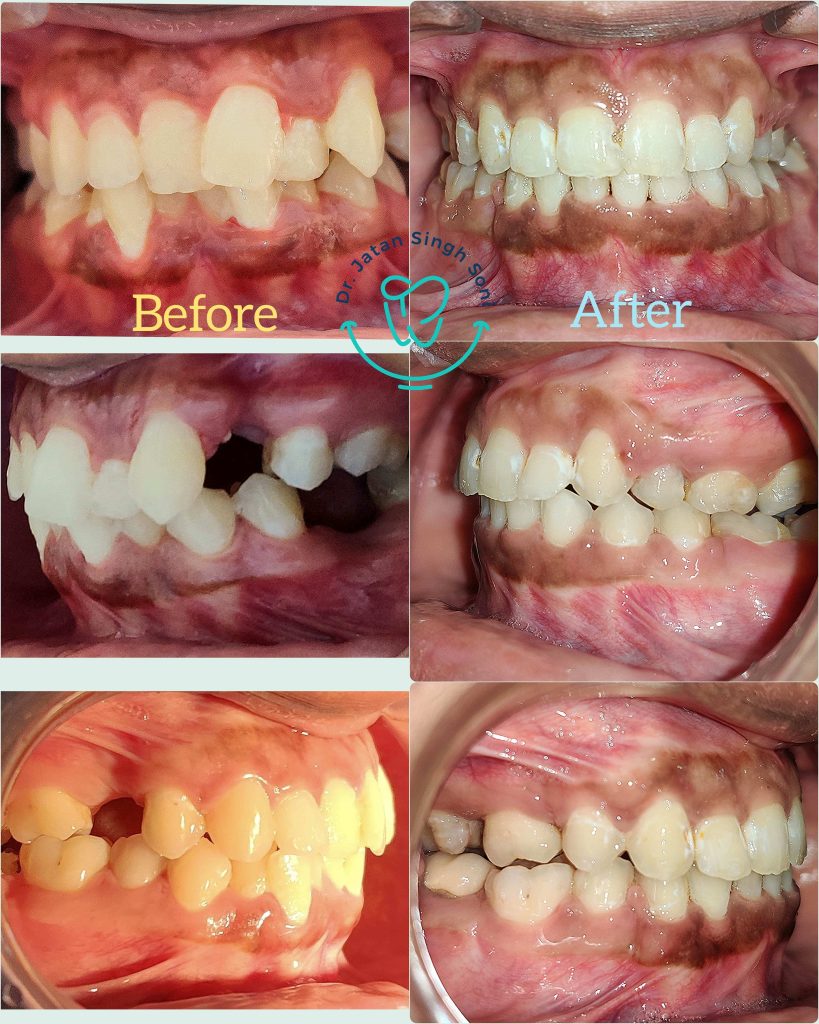
Procedure: How the process works.
Preparation: The dentist begins by numbing the area around the affected tooth using a local anaesthetic. Once the area is numb, any decayed or damaged portions of the tooth are carefully removed.
Filling Placement: Depending on the chosen material, the dentist will apply and shape the filling material to restore the tooth’s natural form and function. The chosen material is carefully selected based on the location, size, and aesthetic considerations of the filling.
Finishing and Polishing: After the filling material is in place, it is carefully sculpted and polished to ensure a smooth surface that aligns with the surrounding teeth.
Final Evaluation: The dentist will check your bite to ensure proper alignment and make any necessary adjustments.
Post-Care Instructions: You’ll receive guidance on how to care for your newly restored tooth to ensure its longevity.
3. Extractions
Dentists prefer to save your natural teeth, but sometimes other restorative methods are not enough. Tooth Extraction is the process of pulling out your teeth completely from the socket.
When and why extractions are necessary
- Severe Damage or Decay: When your tooth is extensively damaged or decayed and cannot be effectively restored through procedures like fillings or crowns.
- Infection: If a tooth becomes infected, extraction may be necessary to prevent the spread of infection to surrounding teeth and tissues.
- Orthodontic Treatment: In certain orthodontic cases, tooth extraction is essential to achieve optimal results. This creates space for the proper alignment of the remaining teeth.
- Impacted Teeth: Teeth that are unable to fully emerge through the gum (impacted) may need to be extracted to prevent pain, infection, and damage to adjacent teeth.
Procedure: The extraction process.
- Schedule an appointment for tooth extraction with your dentist.
- The dentist will start with a local anaesthetic to numb the area and prevent it from experiencing pain.
- For the simple extraction, the dentist will use a tool called an elevator just to pull the teeth back and forth until they loosen.
- And if you are getting a molar teeth removed, you might require a surgical extraction.
- The surgeon will make an incision cut the gum and bone that covers the tooth, and then pull the teeth back and forth until it gets extracted.
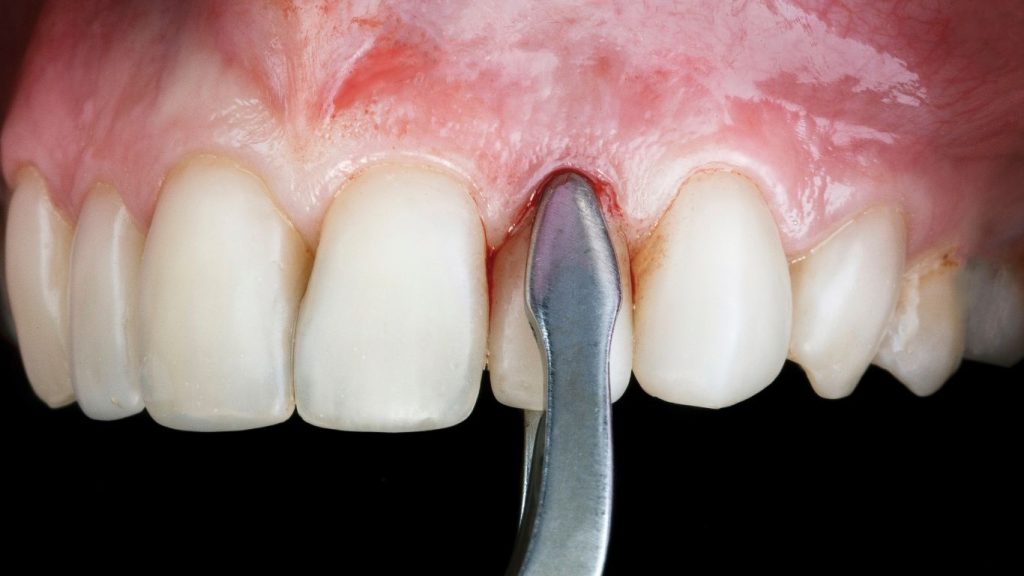
Aftercare: Post-extraction care instructions.
After the procedure, the dentist will give post-care instructions. Here are some tips for speedy recovery-
- Take painkillers if prescribed by your dentist.
- After 24 hours make sure you rinse the area with salt solution at least 2-3 times a day.
- Apply ice pack to the affected area, but not more than 10 mins as it can lead to tissue damage.
- Avoid brushing and flossing near the affected area, you can brush and floor other areas normally.
- Avoid certain activities for the first 24 hours
4. Scaling & Polishing
Plaque and Tartar sometimes accumulate in your teeth and gum line. Normal cleaning and brushing do not clean or remove the plaque. Dental scaling and polishing is the removal of plaque and tartar built up on your teeth and smoothening the surface of your teeth.
Importance
Dental Scaling and Polishing is a procedure of removing plaque, stains from food(alcohol, tea or coffee) and calculus on the teeth. The process cleans your teeth and prevents the severity of gum diseases, cavities, and tooth decay.
Benefits of Scaling and Polishing
- Tooth decay and cavities are the starting of any major dental issues, and tooth scaling prevents these.
- Consuming tobacco, coffee, tea, alcohol, or any coloured liquids causes stains on your teeth. Scaling and Polishing remove those pigments and to some extent whiten the teeth.
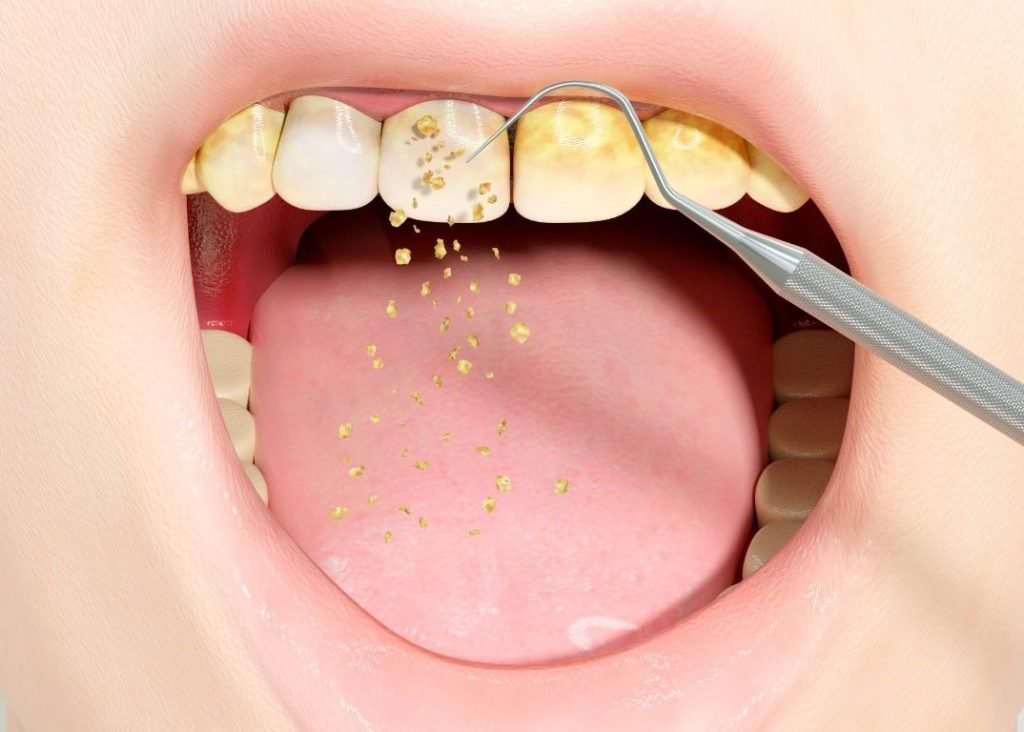
5. Oral Ulcers and Sores
Oral ulcers also known as mouth sores appear on the tongue, gums, inner cheeks, roof of your mouth, and lips. They can be caused by various factors, including injury, infection, or underlying medical conditions.
Treatment
- Topical Treatments: Over-the-counter gels, creams, or mouthwashes containing painkilling or anti-inflammatory medication can help alleviate pain and discomfort associated with oral ulcers.
- Adjustments and Dental Care: In some cases, simple adjustments like smoothing down a sharp tooth or modifying a denture can help prevent irritation and aid in the healing process.
- Steroid Ointments: For more severe cases, steroid ointments like triamcinolone may be recommended to reduce inflammation and promote healing.
